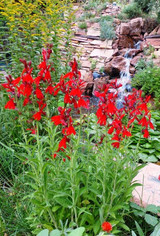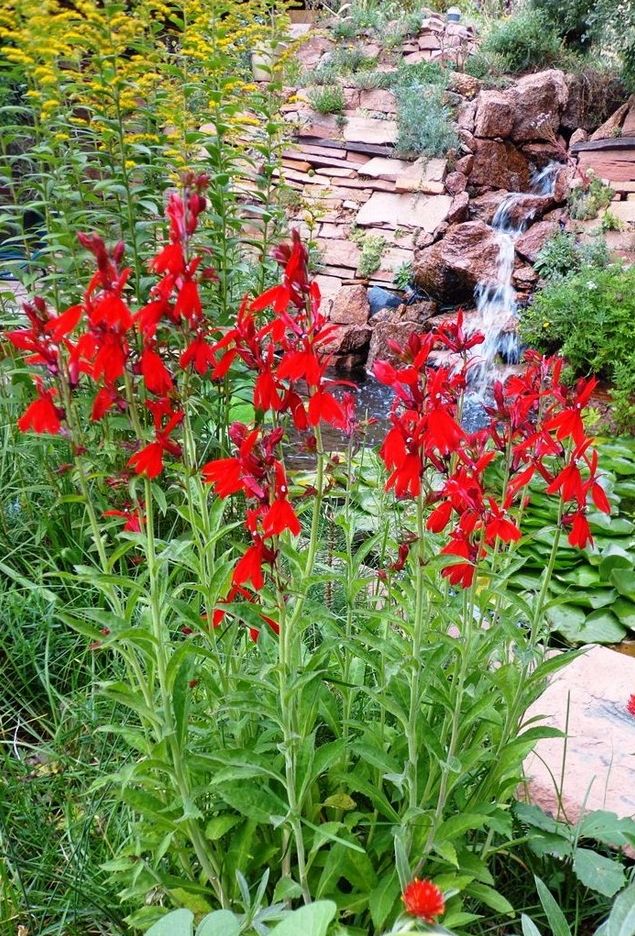Benefits of Wetland Plants
Wetland ecosystems are prevalent across the planet. Many plant and animal life forms have evolved to fill the biological niches in wetlands, which function in ways that benefit people. Therefore, people should be interested in preserving wetlands.
Plants provide the base of the ecosystem's food chain and are, therefore, critical for the entire wetland system. Many types of plants are in a wetland, but some types to mention include pickerelweed (Pontederia cordata), [duck potatoe] (Sagittaria latifolia), duck weed (Lemna minor), Red cardinal flower (Lobelia) Venus flytrap (Dionaea muscipula), [bul rush] (Typha latifolia), and cattails (Typha latifolia).
The root system of a plant cleans stagnant water by absorbing excess nitrogenfrom pesticides and dead animals. This natural filtration creates cleaner water in the environment. Clean water for human communities can result in lower water treatment costs and a more safe water supply.
Where to buy wetland plants? Online plant nurseries can deliver wetland plants to your door.
The wetland plants play a role in decreasing soil erosion from the land. The plant's roots can be a natural mess network to stabilize the soil along the water's edge. Vegetation below the surface of the water can absorb and dissipate the forces of waves to decrease the natural shearing force of the moving water against the soil. Erosion can financially impact significant river systems with soil deposits, which eventually require dredging to maintain tug boat and barge usage. Erosion and lack of wetland plants may put shoreline structures at risk for flooding, which results in replacement costs and displaced people needing assistance.
The plants also provide shelter to animals living in the wetlands. Many wetland plants help create situations for animal nurseries. The roots and leaves of plants also allow fish and amphibians to hide from predators and prey. Many birds make nests on the grounds or even in the trees of wetlands. Depending on the wetland plants, the animals might attract fishermen, generating revenues for the local community.
Wetland plants such as Red Cardinal flower are highly sought after.
The common mosquitofish (Gambusia affinis)is a minnow that [decreases misquitos] by eating their larvae. Frogs, toads, salamanders, and small birds exist among the plants and eat adult mosquitoes. Mosquitoes carry West Nile Virus and other harmful human diseases, so wetland plants may help save human lives by limiting the opportunity for disease transmission. The common sundew (Drosera rotundifolia) and the Venus flytrap (Dionaea muscipula) are carnivorous plants that eat insects.
There are many benefits to preserving wetlands and wetland plants. Some of the cost benefits are easy to realize, but others have an impact in many indirect ways. People should work to preserve wetland plants and wetlands.

